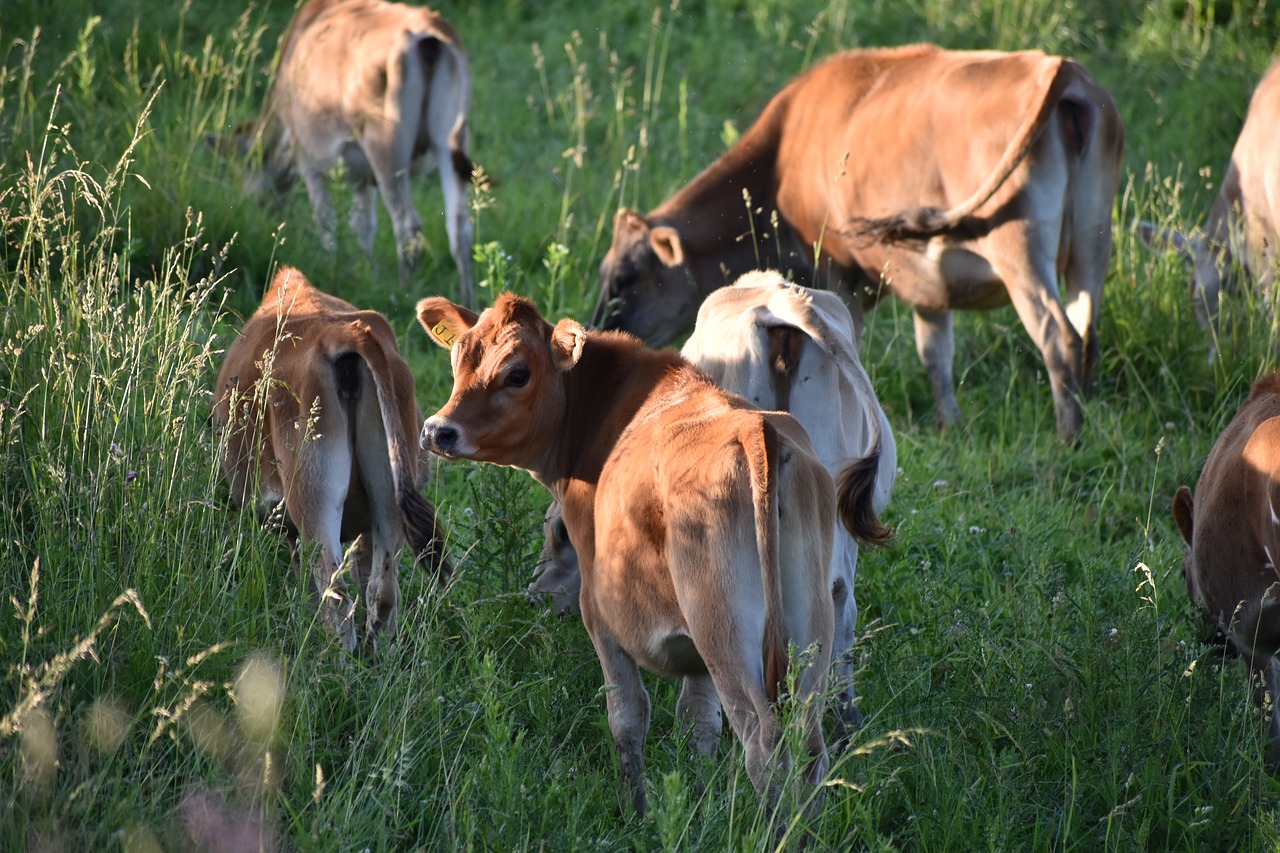
In the same way, truck drivers care for their vehicles and business owners maintain their equipment, farmers must care for their livestock as each animal represents a material investment with an eventual return on that investment. That said, unlike equipment, the animals are mammals, and they must also be cared for humanely. Humane care for livestock ensures that throughout the life cycle of the product, each animal receives plenty of living space as well as interaction with other animals. Additionally, such care allows people to know their food was prepared in the best possible manner in terms of safety, production, and personal attention.
1. Shelter
The old cliché is that cows do not need shelter because they are all wearing leather coats. However, all cattle require shelter because researchers found long ago that undue cold decreases milk production and increases blood glucose and free fatty acids. Ongoing exposure to cold will eventually reduce the sodium levels of the milk. As the substance of milk alters due to temperature and exposure, the ability of this milk to serve as nutrition for calves decreases, impacting the entire herd and the long-term viability of the farm. Additionally, the University of Arkansas found that inclement weather impacts cattle psychology as well as goats and sheep. Stressors, such as bad weather and extreme temperature swings can make some animals behave aggressively.
2. Range
Crowding is one of the environmental factors that can impact animal behavior and make them more aggressive. More aggression when herding animals in and out of a barn or milking area can increase the chances workers are injured. Additionally, too much crowding is officially defined as 120 percent over the standard required area for animals. For cattle, the space requirement is 20 to 30 square feet per cow. In pens that crowd animals, many cows are unable to lie down, and this leads to health problems and lower milk production.
For other types of livestock, such as sheep, crowding impacts food intake as the sheep must compete for the terrain. Feeder lambs require up to 10 square feet per animal. Young lambs require up to 25 square feet. Finally, mothers and their young require 20 square feet.
To properly care for all animals, ranchers must install adequately sized pens and maintain a proper animal-acreage ratio, which is generally estimated at 1 acre per animal.
3. Feed
Feed usually comes in the form of vegetation growing off the acreage. However, in the winter and in unusually dry summers, vegetation might be sparse or nonexistent. In these times, it is important to provide grain and hay. Providing hay, however, is a year-long event as you must plan for harvest jobs, which involve cutting the hay, letting it dry, and hauling it back to storage. If you do not follow this process, you can end up with insufficient food stores. Additionally, if you do not let it properly dry, the moisture content in the hay can self-ignite and burn your entire barn. Finally, many animals cannot get enough nutrition from the land, so it is important to provide a salt lick. A salt lick is simply an enormous block of salt that animals lick.
4. Water
Extreme weather, both hot and cold, can decrease the availability of drinkable water. Consequently, the best thing to do on farms of any size is to dig a well and install a water pump and spigot. With a well, you can easily pump water from the aquifer and fill water bins or even a small pond. It is very important that you do not run water from your residential line as your bill will increase dramatically, making the keeping of livestock impossible.
5. Daily roundups
Round-ups are generally accomplished during the morning and evening milk or feeding sessions. During these times, you can count the herd individually and strike out over your farm if the numbers are off. This is critical in caring for your livestock and responsibility of any farmhand as each rancher is your first line of defense against predators. Additionally, a ranch hand will be able to instantly know if a mother has hidden somewhere to give birth.
6. Inspections
Caring for livestock always involves some sort of individual inspections that can reveal symptoms. For instance, some diseases that can be passed on to humans by their harvested meat or milk are obvious early on. Blackleg, for instance, is identifiable by swollen, black legs and can be treated with a clostridial vaccination.
Additional types of diseases, such as mad cow disease, a form of encephalitis, result in the necessary destruction of the animal. However, some diseases, such as bovine pneumonia, can be prevented by following the aforementioned procedures of providing adequate water and plenty of space.



